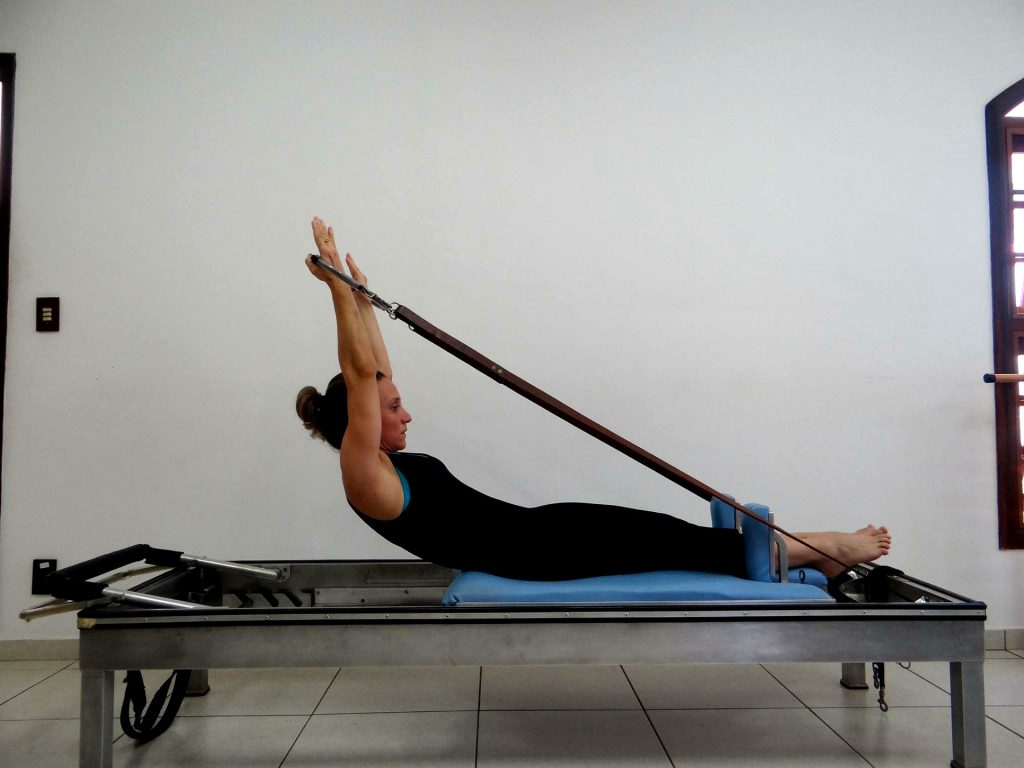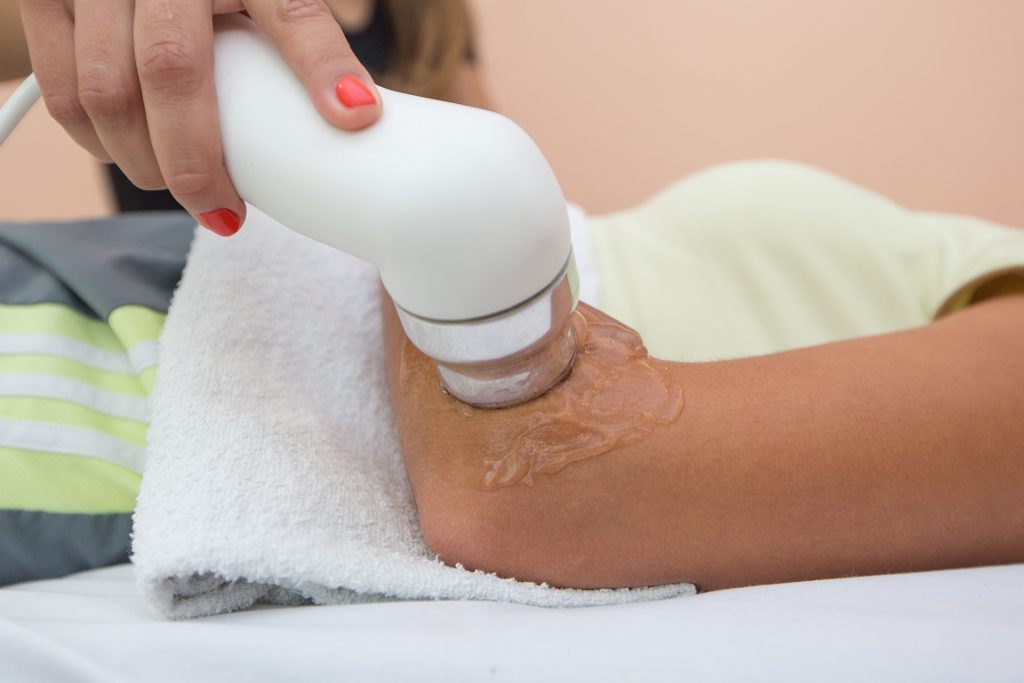Physical Therapist Assistant Schools
by State
Find physical therapist assistant schools in your area.
Find physical therapist assistant schools in your area.

Physical therapist assistants, also known as PTAs, work alongside physical therapists to help patients recover after an injury or an illness.
A PTAs job description varies depending on their place of employment and level of experience and may also include administrative tasks.
If you want to start a career in this field, this article is designed to help you understand more about this profession and your future job responsibilities.
PTAs usually team up with physical therapists and physical therapy aides to help patients who have suffered an injury or an illness regain their mobility.
They spend a lot of time working one-on-one with patients to help them strengthen injured muscle groups and recover their full range of motion.
Physical therapy assistants may also be responsible for recording the patients’ progress and showing them new exercises and stretches.

Their job description often includes the following tasks:
In the following sections, we will go into more detail about each of the above tasks.
PTAs spend many hours each day carefully observing patients during exercises.
They also take notes that help physical therapists record the patients’ progress and determine the next step in their recovery.
Because after-treatment care is almost as important as the actual treatment, PTAs are often responsible to make sure that the patients and their families understand how to perform exercises and stretching techniques at home to continue their rehabilitation work.
For this reason, they need good communication skills, empathy, and should be available to respond to questions that patients or family members may have.

Physical therapy assistants may use massage techniques that help patients recover their range of motion.
These techniques are designed to relieve pain, increase blood flow, and decrease muscle tension.
PTAs may also be responsible for performing a therapeutic ultrasound, a technique that consists of releasing sound waves that can be used to increase blood flow and reduce swelling.
For this reason, completing training in ultrasound will look very good on your CV as a physical therapy assistant.

Physical therapy is a crucial step in helping amputees recover.
Physical therapy assistants play an important role in rehabilitating amputees and teaching them how to use prosthetic devices and regain the ability to perform day to day tasks.
Physical therapy assistants spend a lot of time explaining treatment plans to patients and their families.
Having empathy and good communication skills is very important.
They also need the ability to listen to their patients’ concerns and explaining medical terms in a way that can be easily understood by patients.
PTAs play an important part in encouraging patients to push themselves toward progress.
Although the treatment plan is usually designed by a physical therapist, PTAs recommendations and the observations they have recorded play an important role in this process.
For this reason, experienced physical therapy assistants are very valuable in the physical therapy field.
Some patients require therapy at their homes so, as a physical therapy assistant, it’s important to be available to help people who are unable to drive to the clinic.
This type of care is especially common for elderly patients after knee or hip injury.
PTAs who provide in-home treatment need to creatively adapt their techniques to provide high-quality care in spaces that may not be ideal for this type of treatment.
In this line of work, you may face situations that couldn’t have been predicted and you need the ability to make quick decisions.
For example, if a patient doesn’t recover as quickly as planned, you should have the ability to change the techniques.
Depending on the place of employment, a physical therapy assistant may also have to perform additional job duties.
This profession can be quite exhausting but witnessing someone’s recovery is an incredible feeling, especially if you had a contribution to their rehabilitation.
See something else: